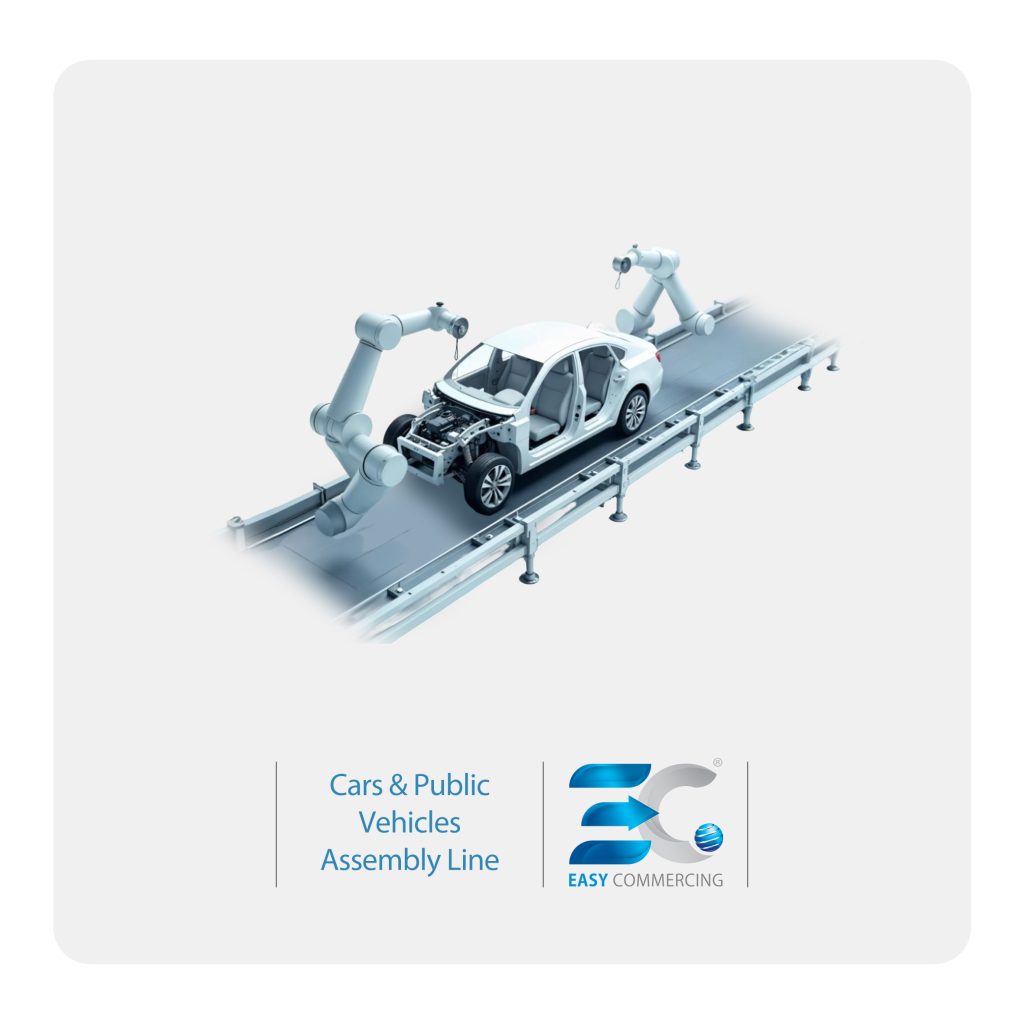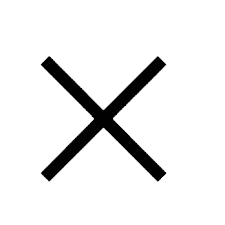Cars and Public Vehicles Assembly Line
Many companies with automotive technology, out of interest in expanding sales of their products around the world, offer their cars in parts, and so-called assembly takes place in the destination country.

In general, there are two main methods for assembling cars and public vehicles:
The first method is called CKD, which is abbreviated as Completely Knocked-Down. This means that the car manufacturer sells it completely disassembled. Then, in the destination country, these parts are converted into a car or public vehicle through three stages of welding, painting, and final assembly by an automated or semi-automated assembly line.
The second method is called SKD, which is abbreviated as Semi Knocked-Down. This means that the car manufacturer sells it semi-disassembled. In this method, the parts are larger and more complete than in CKD, and the welding and painting stages are already done, and in the destination country, only the final assembly stage of the car or public vehicle is done automatically or semi-automatically.
These two methods are applicable to diesel, gasoline, hybrid, and electric cars and public vehicles.
Easycommercing Group, taking advantage of its international connections in the field of assembly lines for personal cars and public vehicles, provides you with the following facilities:
- It is possible to design, supply equipment,
install and commission assembly lines with different production capacities.
- Engineering support services include technical consulting, line design, personnel training and post-commissioning services.
- The lines include welding, painting, final assembly, performance testing and quality control stations, depending on the type of order.
- The equipment provided is in line with safety and environmental standards.
- The use of CKD and SKD methods in the production line is considered an economical option for domestic production compared to full vehicle import.
- The vehicles produced in these lines are capable of complying with international quality standards and are eligible for export.
- The equipment available is selected based on the level of automation required, including manual, semi-automatic or fully automatic lines.
- The layout of the lines is based on the factory space, material flow, traffic routes and industrial safety standards.
- The assembly process in both CKD and SKD methods is subject to stage and final quality control to confirm the vehicle’s performance within the technical specifications.
- The painting section is provided with prefabricated facilities, including preparation tunnel, spray booth, and drying oven, if required.
- The project implementation schedule is determined based on capacity, installation location, customization level and parts supply.
What is the difference between CKD and SKD?
In the CKD (completely knocked down) method, the car is imported as completely separate parts and assembled domestically. In the SKD (semi-knockdown) method, some parts are imported as semi-assembled parts and only the final assembly steps are carried out domestically.
What brands or models of cars are offered in the CKD/SKD method?
All Chinese car brands can be offered in CKD and SKD.
Is it possible to order a specific brand for assembly?
Yes, this is possible.
Do you have the necessary licenses to import and assemble the car?
These licenses are the buyer’s responsibility and we will help in obtaining these licenses.
Is it possible to provide parts and after-sales support?
Yes, this is possible.
What is the minimum order quantity for car production or assembly?
Depending on the type of order, the desired production line, the vehicle being produced, and the feasibility study, the minimum order quantity can be calculated.
Is it possible to invest or cooperate in vehicle assembly?
Depending on the manufacturer’s brand conditions, cooperation is possible.
What are the advantages of purchasing a vehicle using the CKD or SKD method?
Purchasing or manufacturing in this way can lead to a reduction in the final cost, the use of customs benefits, the creation of domestic employment, and the acceleration of vehicle delivery.
What tests do vehicles undergo after assembly?
All assembled vehicles undergo safety, engine performance, braking, emissions, and final quality control tests to comply with national and international standards.
How can I request cooperation or place an order?
You can enter the negotiation and ordering process by contacting the sales department, sending an official email, or completing an online application form.




